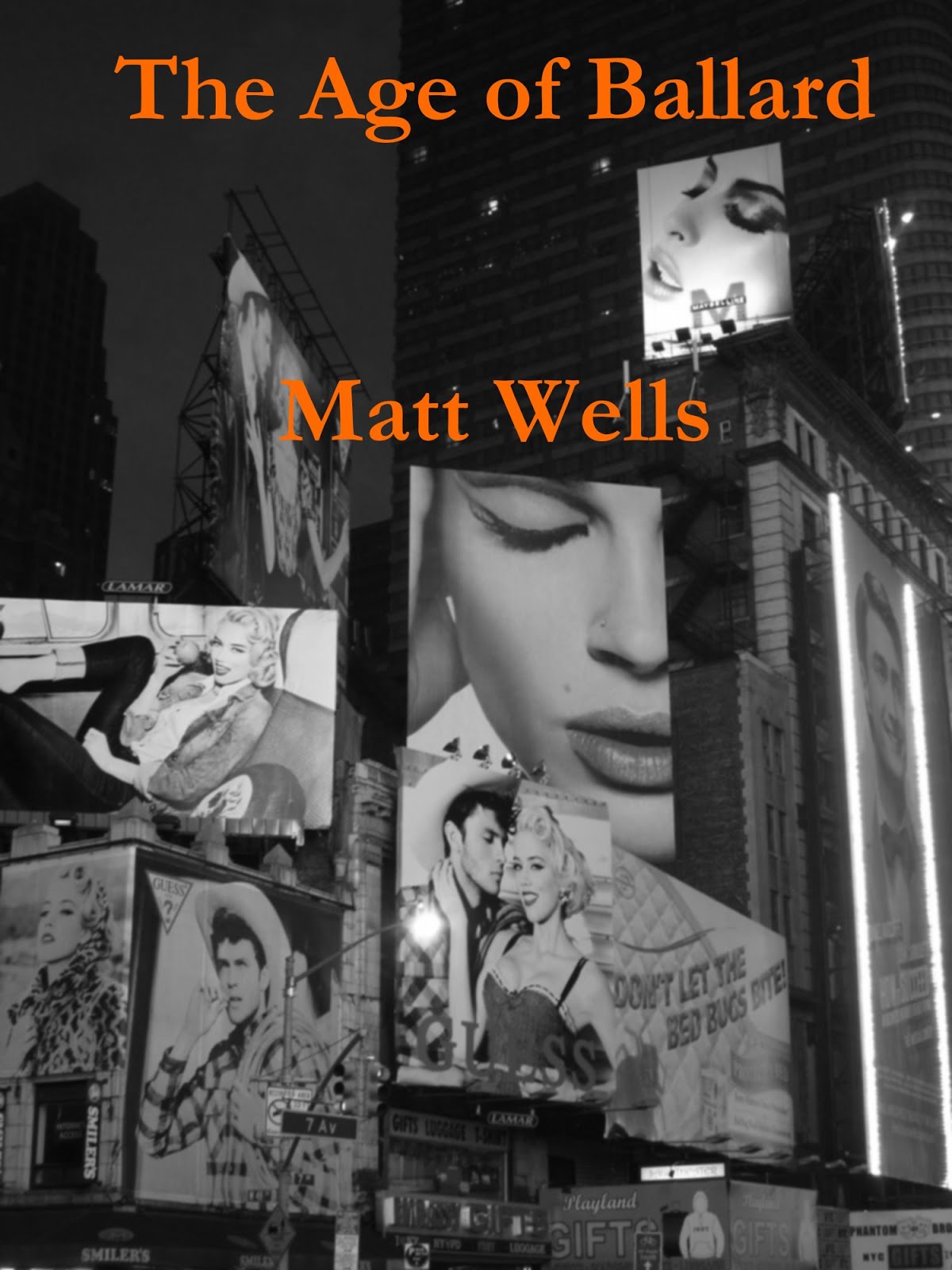It's a typical Western showdown, and we could be watching it in the streets of Tombstone, or Dodge, or Deadwood. But we're not. We're watching it in Gotham City, and the gunman who's withholding his fire isn't the hero -- it's the villain.

In a movie that manages to turn everything on its head (including rotating the camera so that the final monologue from the villain is rightside-up instead of upside-down), the subversion of the classic frontier showdown manages to link The Dark Knight to an archetypal American myth, a traditional Hollywood trope, and a scary political echo all at once.
You'll find the Myth under V for Vigilante. The gunman who uses his death-dealing power for good, sometimes behind a badge, sometimes outside the law, and whose story always breaks into two distinct parts, like that of Beowulf: the rescuing hero who saves the town from violent outsiders, after which he becomes the dangerous gunman who must be ostracized from decent society because of the violence he represents, either by being kicked out of town or by giving up his guns and marrying the schoolteacher.

In April 1931, Street & Smith Publications took this myth, threw out the hero part, and created the original dark knight -- The Shadow. The Shadow was a black-hat who acted like a white-hat, a vampire-like scourge of crime designed to terrify criminals before blowing them away with his big fat guns. Not for him, the possibility of settling down with a schoolteacher -- the Shadow embodies what could have been an unpublished stanza from TS Eliot's "The Hollow Men" (published in 1925): "Between the law/And justice/Falls the shadow."
 But the Shadow wasn't a 24/7 crime-fighter -- he had a series of other identities (not just Lamont Cranston) in which he lived during the day, like a reverse vampire inhabiting several different coffins at once. (He only became specifically Cranston during the radio show.) And in 1939, Bob Kane and Detective Comics combined the vampire image, the vigilante myth, the crooks-can-be-terrified goal, and the daylight-playboy/nighttime-avenger figure, and created Bruce (Batman) Wayne.
But the Shadow wasn't a 24/7 crime-fighter -- he had a series of other identities (not just Lamont Cranston) in which he lived during the day, like a reverse vampire inhabiting several different coffins at once. (He only became specifically Cranston during the radio show.) And in 1939, Bob Kane and Detective Comics combined the vampire image, the vigilante myth, the crooks-can-be-terrified goal, and the daylight-playboy/nighttime-avenger figure, and created Bruce (Batman) Wayne. Oh yeah--and the big fat guns? Totally part of the character for the first couple of years --
Oh yeah--and the big fat guns? Totally part of the character for the first couple of years -- -- until that Hollywood trope I mentioned above enters the meme. There are several ways to describe this trope -- only the bad guy shoots first; the good guy only fires his gun to defend himself; violence can never be pre-emptive -- but the easiest way to describe it is with two words: Good Violence. Good Violence never starts the war; Good Violence wins the war. Good Violence never fires first; Good Violence only fires when provoked by Bad Violence.
-- until that Hollywood trope I mentioned above enters the meme. There are several ways to describe this trope -- only the bad guy shoots first; the good guy only fires his gun to defend himself; violence can never be pre-emptive -- but the easiest way to describe it is with two words: Good Violence. Good Violence never starts the war; Good Violence wins the war. Good Violence never fires first; Good Violence only fires when provoked by Bad Violence.This trope took the gun out of Batman's hands and changed his myth to include the commandment "Thou Shalt Not Kill." Thereby creating a second shadow, not just between law and justice, but between provocation and retaliation. If Batman had kept the gun? You could have drawn a straight line from him to a certain San Francisco cop. Who is also a vigilante, in his way.


In The Dark Knight, the Joker stands squarely on the side of Bad Violence -- except when he faces the Batman. Only then does he use Good Violence and wait to see what Batman does. Will the vigilante fire first? Attack first? Give in to the Bad? And if he doesn't, can the Joker ever be stopped?
And the political echo? The Joker's not just saying, "Unless you become like me, you're never going to stop me." He's saying, "If you don't shoot first, it's not because you have principles -- it's because you're a Liberal, and all Liberals are pussies."



No comments:
Post a Comment